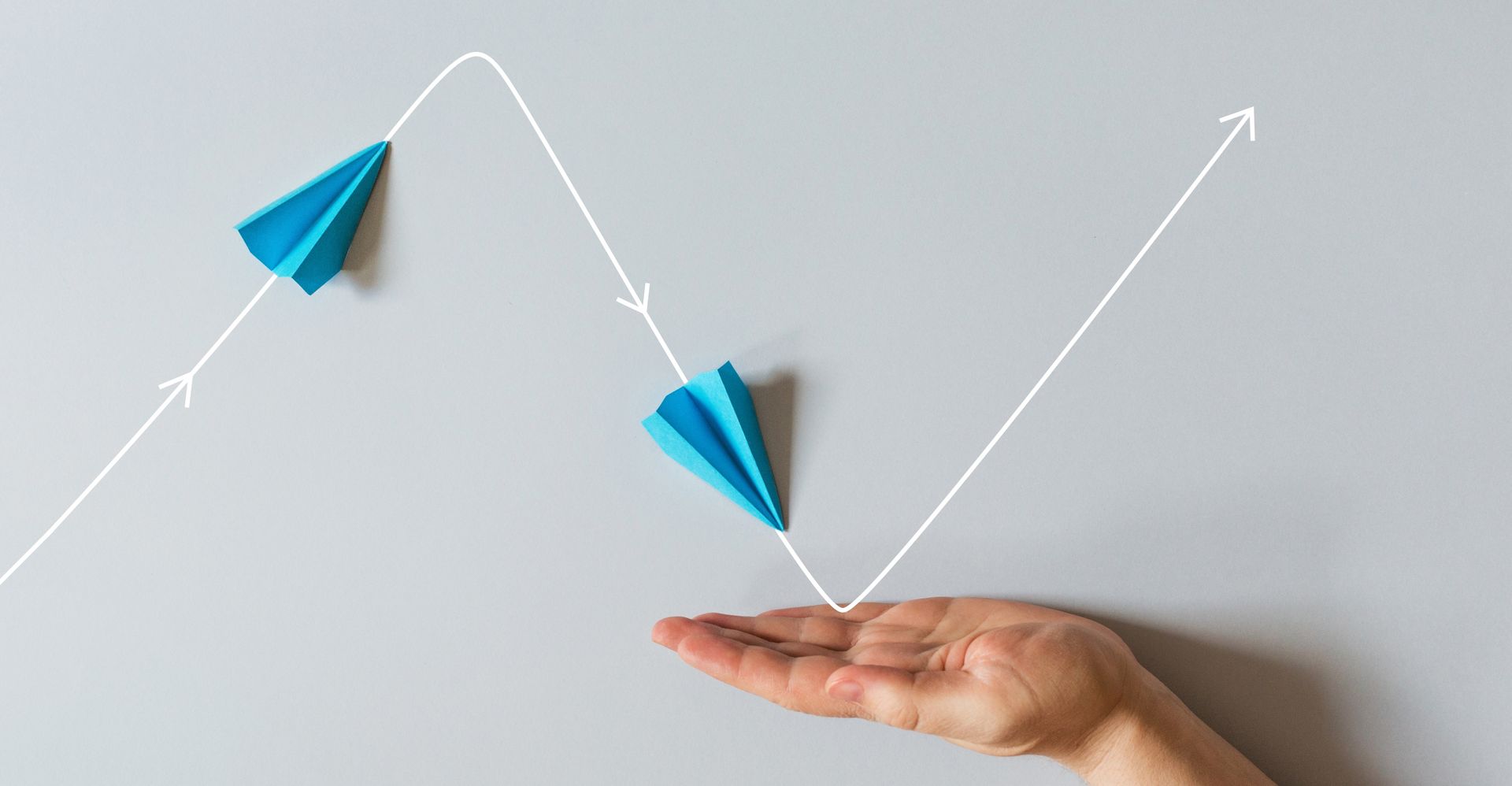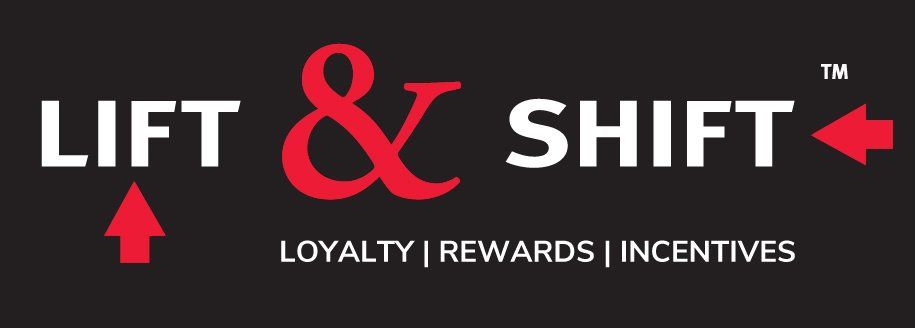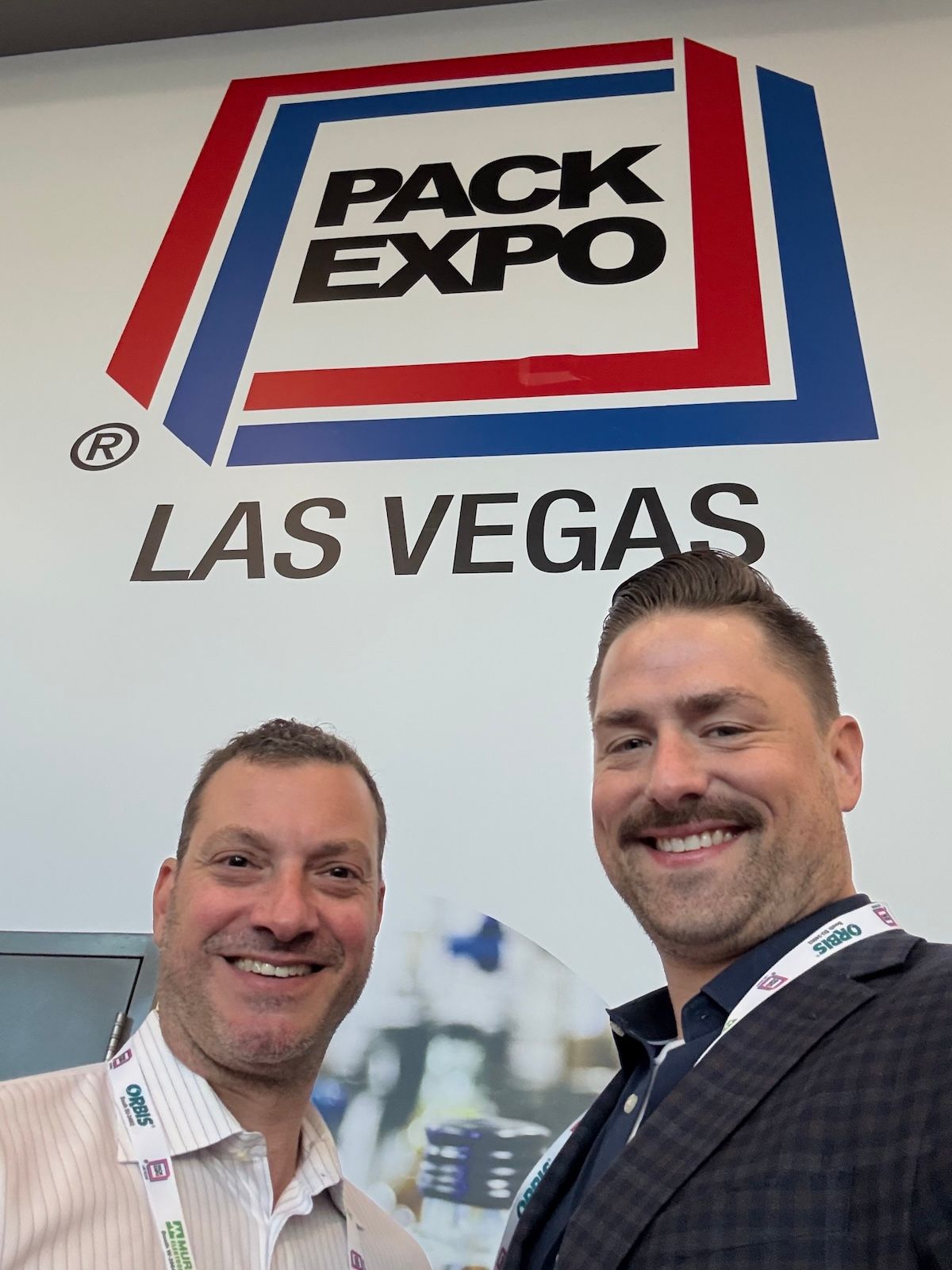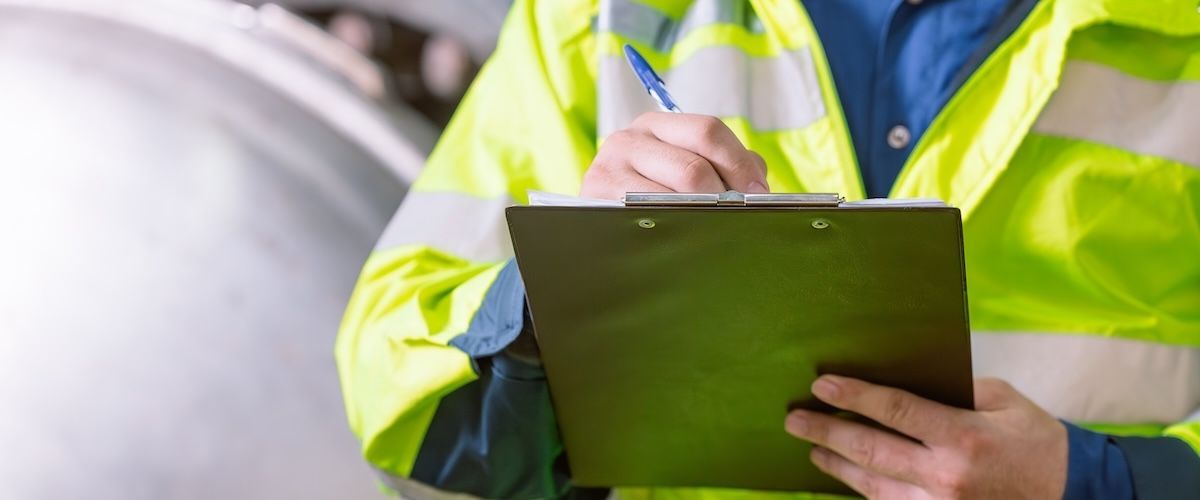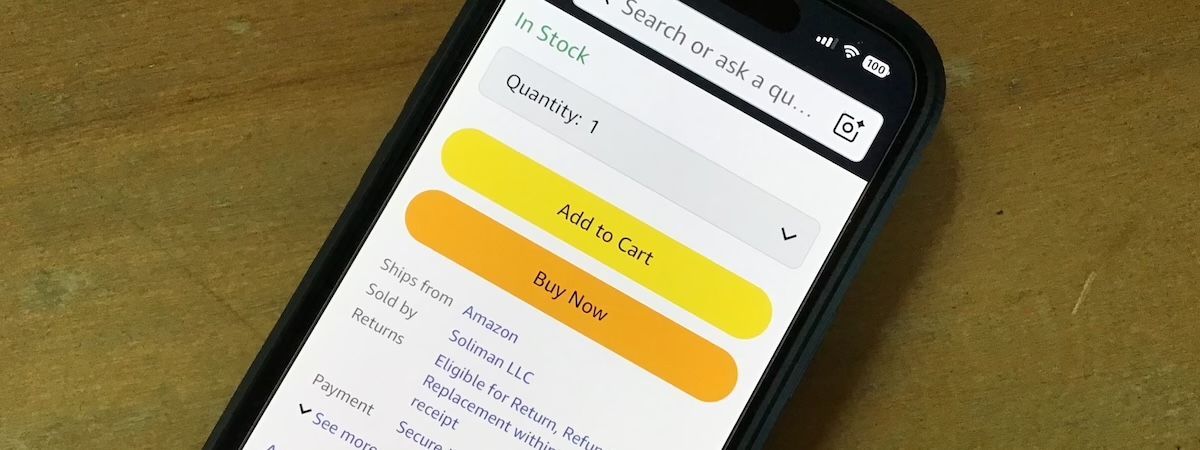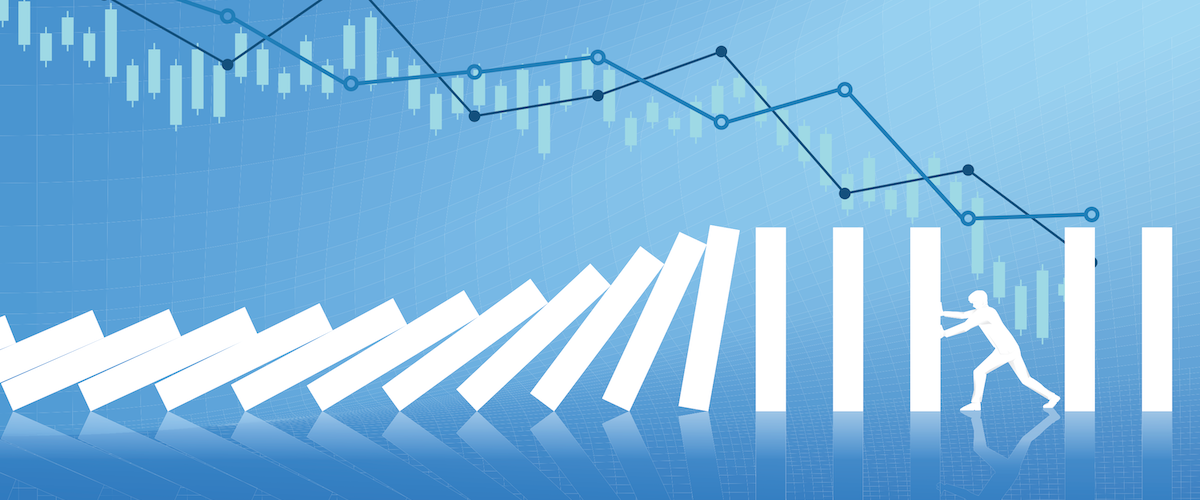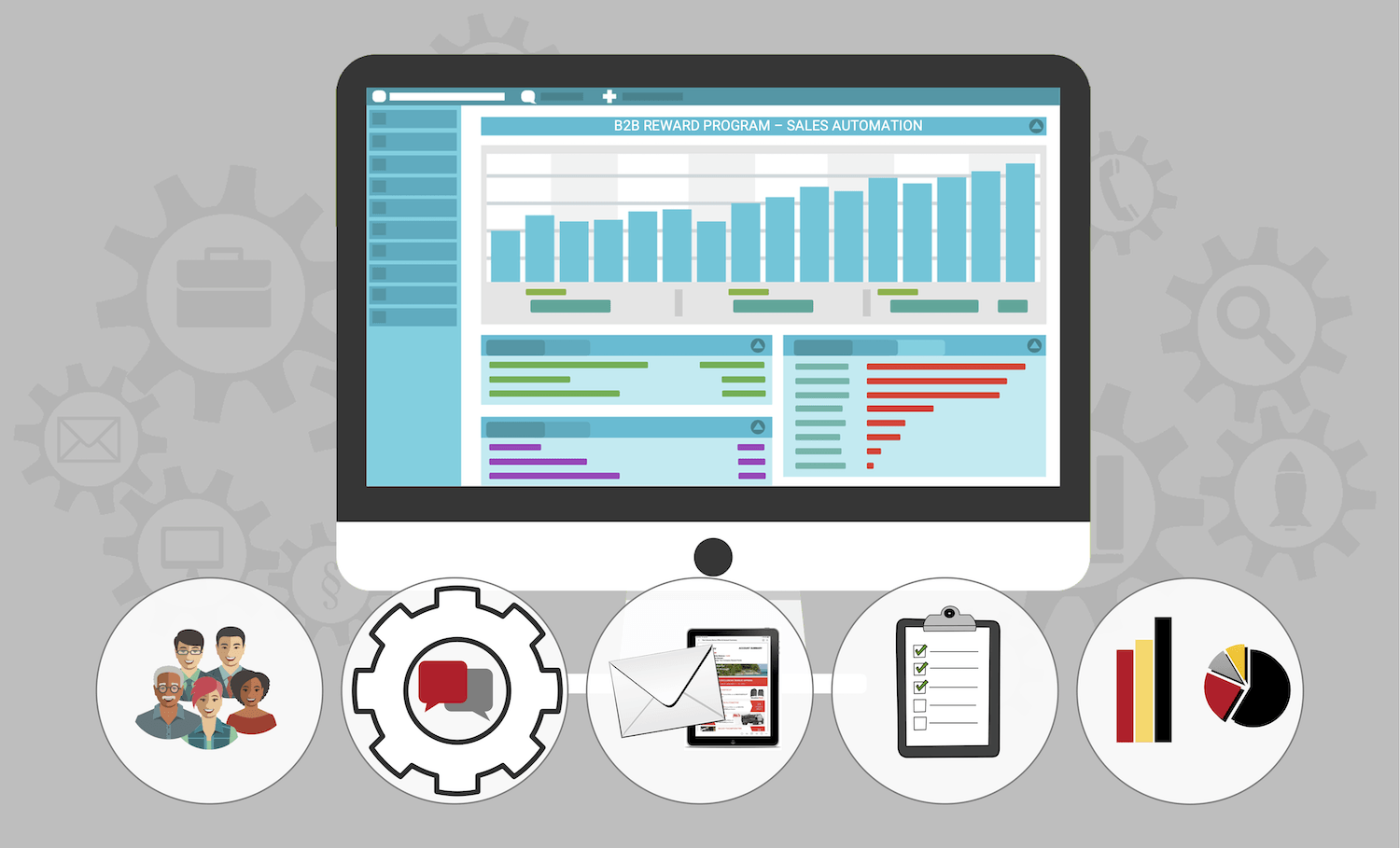An Overview of Incentive Programs and B2B Loyalty Strategies

What is an incentive program?
An incentive program is a performance-based marketing strategy designed to motivate specific behavior—typically purchases, sales, or engagement—by offering a reward when the action is taken. The concept is simple: “Buy this” or “Do this,” and you earn something of value in return. The strategy has been around for as long as businesses have tried to sell their products to customers or to motivate employees to achieve specific goals or perform certain tasks.
Unlike many other marketing strategies (paid media, social media campaigns, or public relations), incentive programs provide transactional transparency and a clear line of sight to ROI. The action is performance-based; if the desired behavior doesn’t occur, no incentive is awarded, making it one of the most efficient and measurable marketing strategies available for B2B businesses.
The key is ensuring that the value of the incentive to the customer or employee is less than the incremental profit the behavior delivers. When designed correctly, incentive programs deliver measurable results, improve customer retention, and increase your share of wallet with both existing and potential customers or channel partners.
Are loyalty programs the same as incentive programs?
Yes—and no.
All loyalty programs are incentive programs, but not all incentive programs qualify as loyalty programs. Many incentive programs are short-term, transactional, and focused on driving a specific behavior—like making a one-time purchase. Loyalty programs are a more strategic, long-term form of incentive solution. Rather than rewarding a one-time action, a B2B loyalty program rewards ongoing behavior—deepening relationships over time and driving repeat engagement.
Modern loyalty programs for B2B businesses are more than just “buy-get” or “do-get” promotions. They are powered by data and built to drive sustained customer loyalty and long-term B2B sales growth.
The most successful programs use historical sales data to identify behavioral trends and unlock powerful customer insights:
- Which customers are growing, stagnant, or declining?
- What products are they not buying that they should be?
- How does purchase behavior differ by customer type?
- What incentives would shift buying behavior profitably?
These are the types of questions a data-driven loyalty program is built to answer—and solve.
The role of data in B2B loyalty programs
Data access will vary depending on whether you are a manufacturer, distributor, or service provider—but each can build a highly effective B2B loyalty program by using the data they have:
Manufacturer loyalty programs
Depending on their go-to-market structure, manufacturers may not have direct access to downstream customer data. But that doesn’t mean they can’t run effective incentive programs. Loyalty strategies may include:
- Rewarding distributors for stocking more product
- Rewarding manufacturer reps for selling to the distributors
- Rewarding distributor sales reps for driving downstream product sales
- Rewarding contractors, installers, or dealers via claim-based reward structures
- Rewarding end-customers (retail store owners or consumers) through co-op programs or product warranty claims
- Rewarding internal teams for performance-based KPIs
Distributor & wholesaler loyalty programs
Distributors typically have the most robust transactional data—they know who bought what, when, and for how much—making them well-positioned to run precision-targeted loyalty programs. Their incentive strategies can include:
- Rewarding their customers (e.g., retail store owners, dealers, contractors) for eligible purchases
- Rewarding internal sales reps for driving account growth
- Rewarding non-sales employees for value-driving behavior (e.g., on-time delivery, training completion)
Lift & Shift works with both manufacturers and distributors to build B2B loyalty programs tailored to their unique channel structures, using Distributor Data Direct and other tools to bridge visibility gaps and turn complex sales structures into clear incentive opportunities.
How a B2B loyalty program works
Whether you’re rewarding dealers, contractors, resellers, jobbers, or channel partners, a loyalty program follows a proven, strategic build process:
1. Set clear program goals
What behavior are you trying to change, drive, or sustain?
Examples:
- Increase monthly or quarterly sales
- Promote new product adoption
- Increase average order size or frequency
- Expand category penetration or bundling
- Reactivate lapsed accounts
- Acquire new customers
- Increase online purchasing
- Shift share from competitors
2. Identify and segment your audience
B2B sales audiences aren’t one-size-fits-all. Segment by role (buyer, installer, or rep), size (small vs. enterprise), or behavior (growth vs. flat), and align the rewards to the sales margins and objectives.
3. Build the program infrastructure
Your B2B loyalty program should include:
- A branded reward website (for enrollment, reward offers, account balance, and redemptions)
- CRM-driven email statements (to remind, engage and motivate)
- Onboarding kits for participants and program introduction tools for sales reps (to drive adoption and usage)
- A sales team portal (to view customer reward progress and bonus eligibility)
4. Create data-driven reward offers
Base rewards create consistent engagement. Bonus offers drive strategic behavior. Examples include:
- Base offers: Rewarded to participants for all eligible purchases—a thank you for their ongoing loyalty. Usually modest in value (0.5-2%, depending on the associated margins)
- Growth tiers: Higher rewards as participants increase spend versus the previous month/quarter/year
- Category or SKU bonuses: Target purchases with high margin or underperformance
- Lapsed account incentives: Trigger bonuses to re-engage declining customers
- Online purchase bonuses: Encourage lower-cost fulfillment methods
Use data to determine the best timing, structure, and segmentation.
5. Optimize for profit and long-term loyalty
Unlike discounting, which erodes margin upfront, rewards only trigger after performance. To ensure your B2B loyalty program is profit-positive:
- Align reward values to margin thresholds. Adjust the reward offers so you always benefit economically.
- Measure ROI by offer (cost of points rewarded ÷ incremental gross profit). Repeat the offers with an acceptable ROI and discontinue or refine those that don’t.
- Test and refine based on performance
- Focus on growing share of wallet with current customers. Remember, you likely aren’t capturing 100% of their total spend. Increasing your share of market with existing customers is usually very profitable.
- Acquire new customers. Develop special bonus offers to attract those who open an account and place an initial order of a minimum size. Reward their next order, too.
- Reduce your reliance on discounting and rebates. If your gross margin is 40%, a 10% rebate consumes 25% of your margin. A reward program can deliver the same (or better) sales lift for under 3% of revenue.
Incentive programs vs loyalty programs
| Incentive Program | Loyalty Program |
|---|---|
| One-time or short-term | Ongoing, long-term strategy |
| Tied to single behavior or purchase | Encourages consistent, multi-faceted behaviors |
| May not use data | Powered by sales history and segmentation |
| ROI tied to specific event | ROI accumulates over customer lifetime |
| Simple “buy-get” structure | Tiered, personalized, data-driven strategy |
A well-structured B2B loyalty program rewards your customers, channel partners, and sales teams—but it rewards your business first. Loyalty is a strategy to grow share, protect margin, and scale profitably in a competitive marketplace.
Ready to reward smarter?
Are you looking for smarter, more strategic ways to reward your customers, partners, and sales teams?
Lift & Shift builds B2B loyalty programs that use your historical sales data to drive incremental revenue and engagement.
Whether you're a manufacturer looking to increase sell-through, a distributor aiming to shift category sales, or a B2B business trying to grow market share, we can help you structure a program that rewards your customers—and your bottom line.
Let’s talk about how to design a loyalty strategy tailored to your goals. Contact us to schedule a free consultation.
The Ultimate Guide to B2B Loyalty Programs
This article is part of a series covering how growth-based loyalty programs can elevate sales and company profits by incentivizing current customers to spend more, attracting new customers with appealing rewards, and motivating your sales team.
If you'd like to learn more about B2B Loyalty Programs, then please read the next article in the series:
"How Rewards & Incentives are used in B2B Marketing".
For an overview of all articles in the series, please visit our resource page "Maximizing Retention: Your Comprehensive Guide to B2B Loyalty Programs".
Lift & Shift™ offers a powerful proprietary B2B reward platform that can help your company leverage its sales data to drive incremental purchases with customers and channel partners or motivate sales staff. We work with manufacturers, distributors, and service providers to analyze sales data, improve efficiencies, accuracy, service levels, and other valuable targeting opportunities.
We create and deliver highly relevant offers to customers, in-house sales staff, or sales associates, motivating your target audience to respond using a wide array of appealing reward options as influencers. Our performance-based reward structures deliver an unparalleled return on investment, with absolutely no wasted budget.
Our customizable reward platform enables clients to easily benefit from a robust loyalty reward program. It's affordable and includes Lift & Shift’s turnkey professional program administration. We take care of everything, so you can focus on your key initiatives.
Looking to create or
improve your program?
We can help!
Blog page form

Your Automated Sales Partner: How a B2B Loyalty Program Unlocks Revenue from Under-Serviced Accounts
